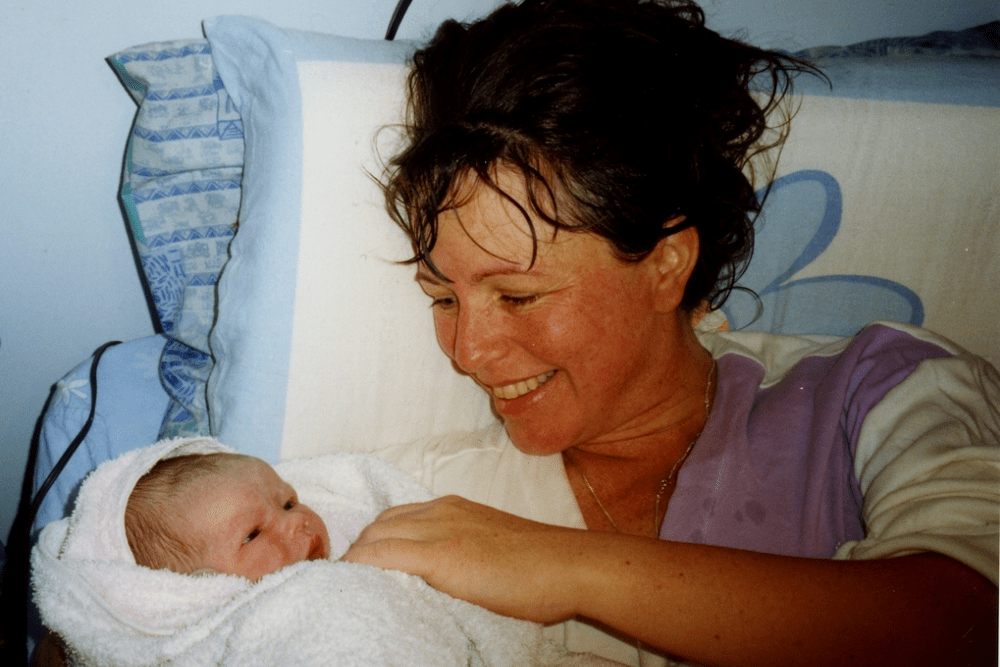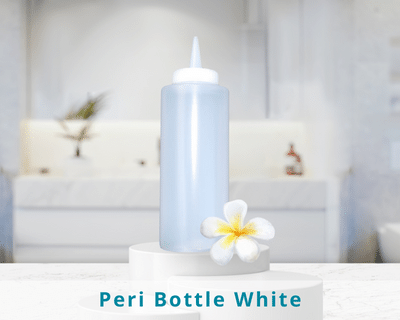Commonly women feel that the experience of mothering a new baby is very challenging. Women often feel drained as their role is all-consuming. Tiredness is a common problem. Some women find that they feel alone or isolated – this is particularly evident in women who have worked full time and have not built a support network. Women also report a sense of loss. Be that a loss of time, freedom or loss of control. However, once women grow in their confidence in parenting their new baby – the challenges begin to ease. By acquiring knowledge and skills about caring for a newborn baby – women are able to work it out and enjoy this wonderful part of life (Barclay, Everitt, Rogan, Schmied and Wyllie, 1997).
What changes physically can I expect after the birth of my baby?
The physical changes a woman experiences after birth are dramatic and amazing. Once the baby and the placenta have been born, the uterus begins to shrink. After birth the uterus weighs nearly one kilogram, by six weeks it weighs approximately 100 grams. The process by which the uterus shrinks is not very well understood, but it appears that the muscle fibres of the uterus are gradually broken down. The uterus continues to contract after birth to control any bleeding. These contractions can cause lower abdominal pain (or afterbirth pains) in some women. These afterbirth pains tend to be worse in women who have had a baby before.
Women experience a vaginal blood loss known as lochia. Lochia is like a heavy period of loss for the first twelve hours after birth and then begins to slow down. The lochia is usually bright red in colour for the first couple of days, then changes to a pinky, brown colour which can continue for up to four weeks after the birth. Then there is a cream or white discharge that can continue for up to eight weeks after the birth. This is a general guide as every woman’s experience is different.
The woman’s pelvic floor gradually regains its strength after birth.
This process is greatly aided by practising pelvic floor exercises during pregnancy and making sure that they are done soon after the birth. Passing urine after birth can sting – particularly if stitches were required or there was some grazing. Pouring warm water over the vulval area when passing urine can help reduce any discomfort. Women often find that they pass urine a lot, particularly in the first day or two. This is because the body is getting rid of fluid that has built up in the body during pregnancy.
The breasts undergo changes soon after the birth. Breastfeeding hormone levels rise, and this causes an increase in blood supply to the breasts which is necessary for milk production. Breastmilk production starts in a big way by about day three or four. Breasts enlarge and can feel quite uncomfortable initially. The breasts gradually adjust to milk production as breastfeeding establishes and any discomfort soon disappears (Silverton, 1993).
Problems women can experience during the postnatal period include tiredness, perineal pain, breast problems, backache, haemorrhoids, constipation, depression, anaemia, headache and urinary symptoms. It is wise to seek the advice of a midwife or doctor if any of these problems are experienced in the postnatal period.
When do periods normally return after the birth of a baby?
The return of periods following the birth of a baby varies greatly. For women who breastfeed their babies, the return of their periods is very difficult to predict. The hormones of breastfeeding usually suppress the hormones responsible for fertility and menstruation, so generally, the return of periods is delayed. For some women, periods may not return until they have stopped breastfeeding completely, for other women it occurs once they start to introduce solids into their baby’s diet. However, it is possible for periods to return even when the baby is fully breastfed. For women who choose to bottle feed their baby, they can expect their periods to return four to six weeks after the birth.
What kind of care is provided to women once they have a baby?
The care women experience in the postnatal period varies greatly. Women can choose a hospital or home care during this period, depending on what is available in their area. Generally, care lasts for 3 to 4 days for normal birth and up to 6 days for a caesarean birth. Midwives usually provide the majority of this initial care to women.
Each day a postnatal check is carried out. In general, women are checked for the following: Temperature, pulse, blood pressure, the height of the uterus, breast and nipple check, the type and amount of bleeding, and any problems with elimination (urine or bowels), the perineum (stitches, bruising, swelling) and emotional adjustment. Babies are also checked every day. Evaluation usually includes Temperature, cord, skin (colour, rashes etc.), how feeding is going, sleeping patterns, weight loss/gain and elimination (urine and stools). Education is a big part of postnatal care. Education may be offered on a one-to-one basis or in group classes.
At six weeks after the birth, a final postnatal check is carried out. This check can be provided by a local doctor, private obstetrician or family planning centre. Some midwifery practices provide this service as well. The main aim of the six-week postnatal visit is to ensure that the woman and her baby are physically well. Contraception is usually discussed, as well as adjustment to family life. If a PAP smear is due, this can be done at this visit. It is an ideal opportunity to be referred to community resources if a need exists.
What is the best way to care for stitches after birth?
Women can experience stitches after birth as being uncomfortable to very painful. Pain can interfere with caring for a new baby. There are some simple steps that help reduce any pain or discomfort and promote healing. The first important thing is good hygiene practices. Having a shower or washing the perineal area every 6 to 8 hours is a good idea. Salt is not necessary to add to water, research has found that salt has no benefit for stitches or the healing process.
You should change your perineal pads frequently. To help reduce pain and swelling – apply ice to the affected area for 15 to 20 minutes every two to four hours. Stop applying ice around 24 to 36 hours after the birth, as it has no benefit after this time. Some women can experience significant pain and may find that taking some pain medication helpful – suggest discussing this with your midwife or doctor. It is important to have short periods of walking and frequent rest periods. Starting pelvic floor exercises 24 hours after birth has been found to help reduce discomfort.
Reference List
- Barclay, L., Everitt, l., Rogan, F., Schmied, V., & Wyllie, A. (1997) Becoming a mother – an Analysis of women’s experiences of early motherhood. Journal of Advanced Nursing, 25, 719-728.
- Silverton, L. (1993). The art and science of midwifery. Prentice-Hall: New York.
(25th July 2000)





Recent Comments